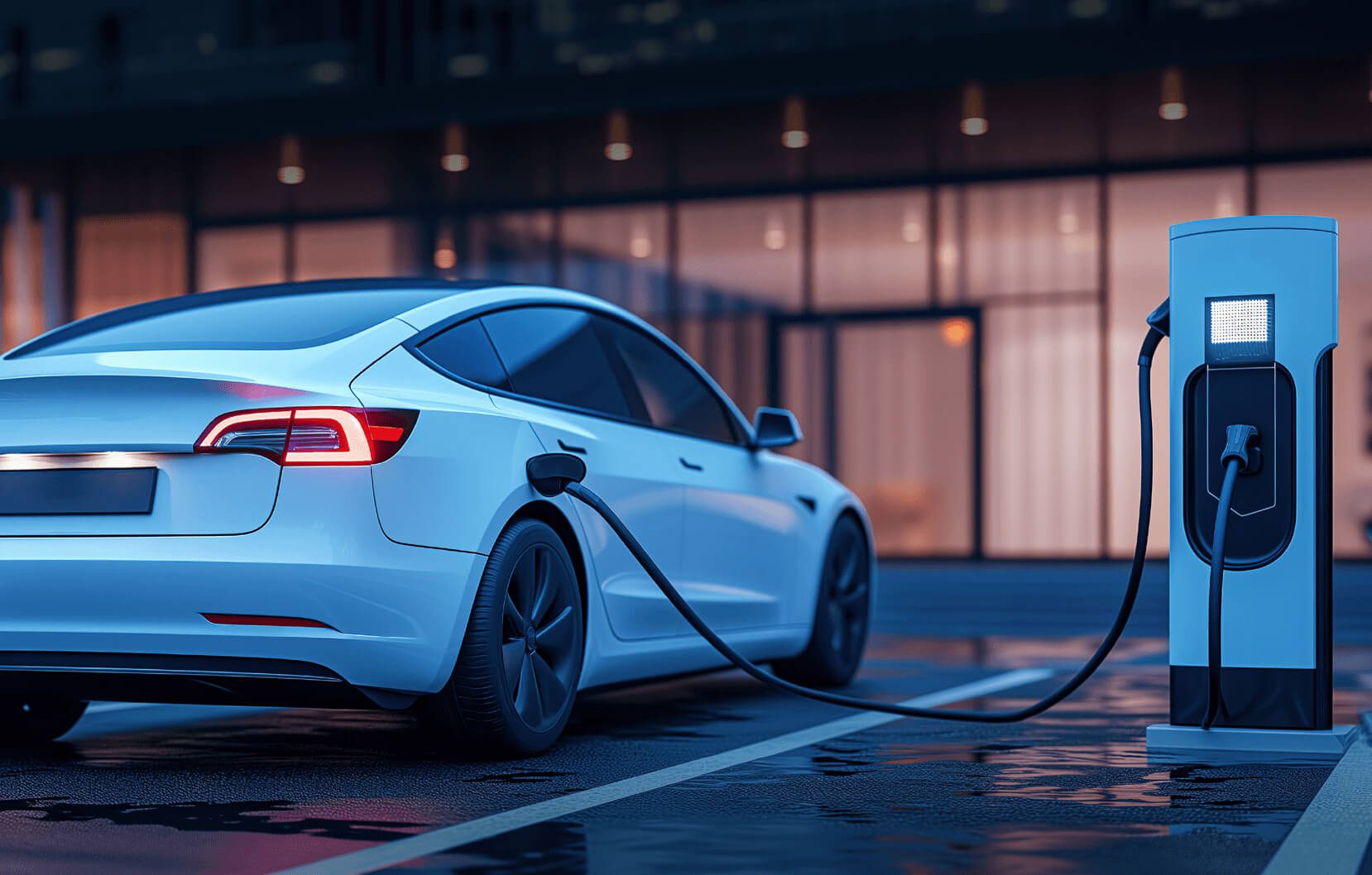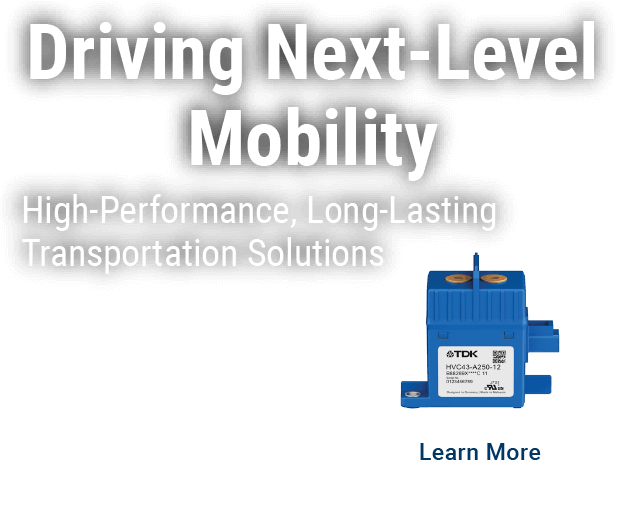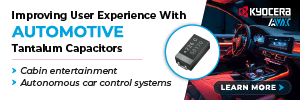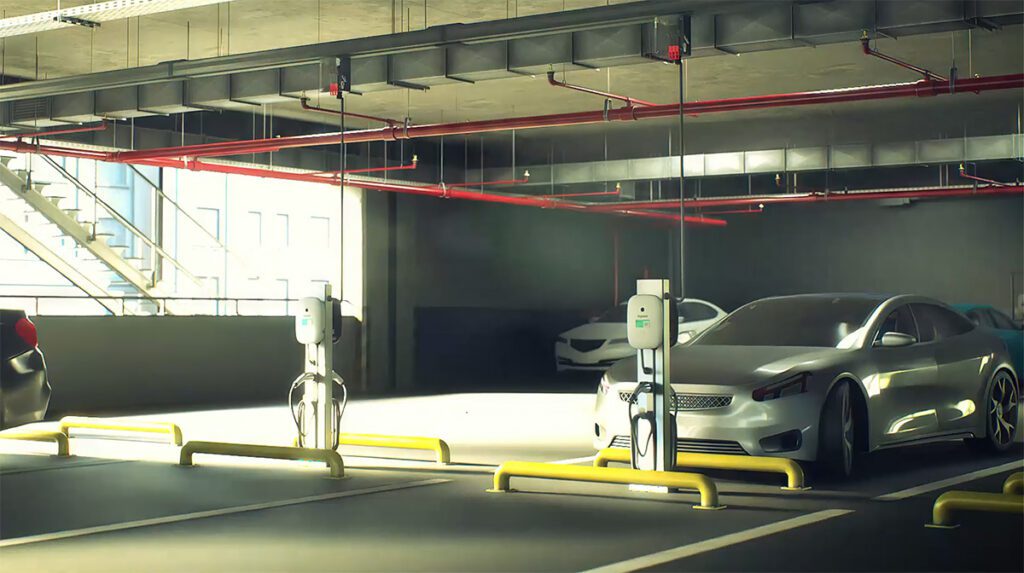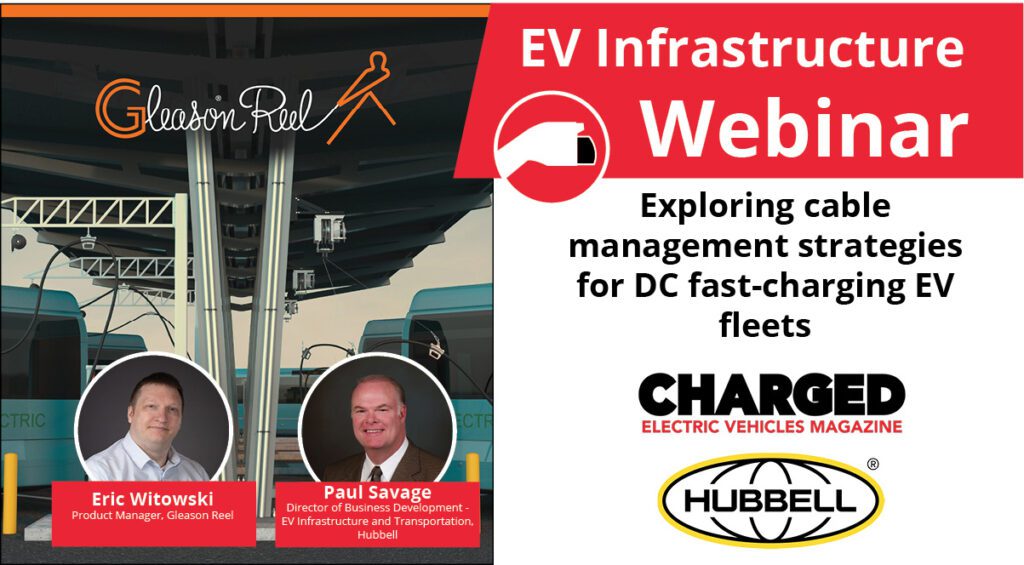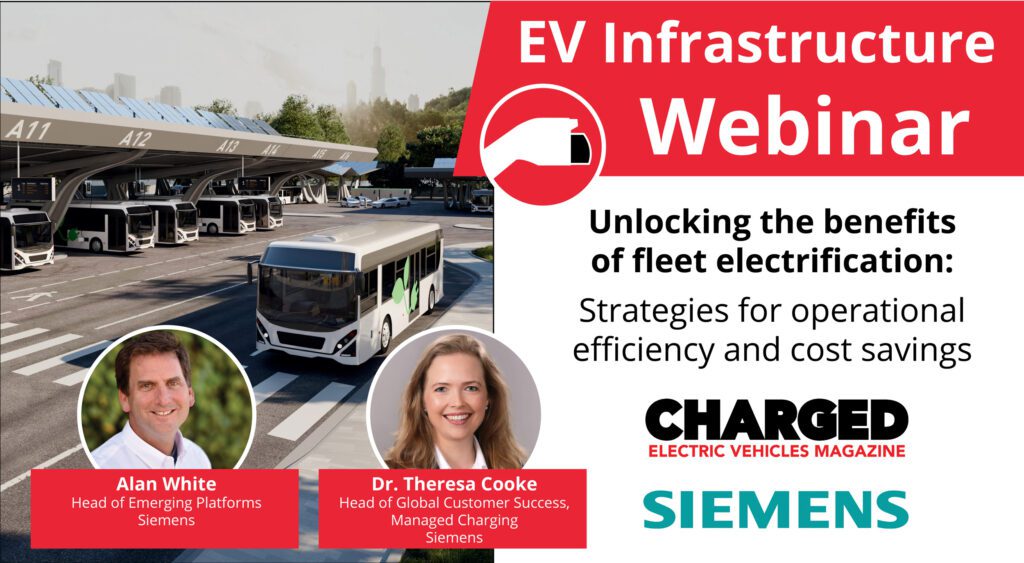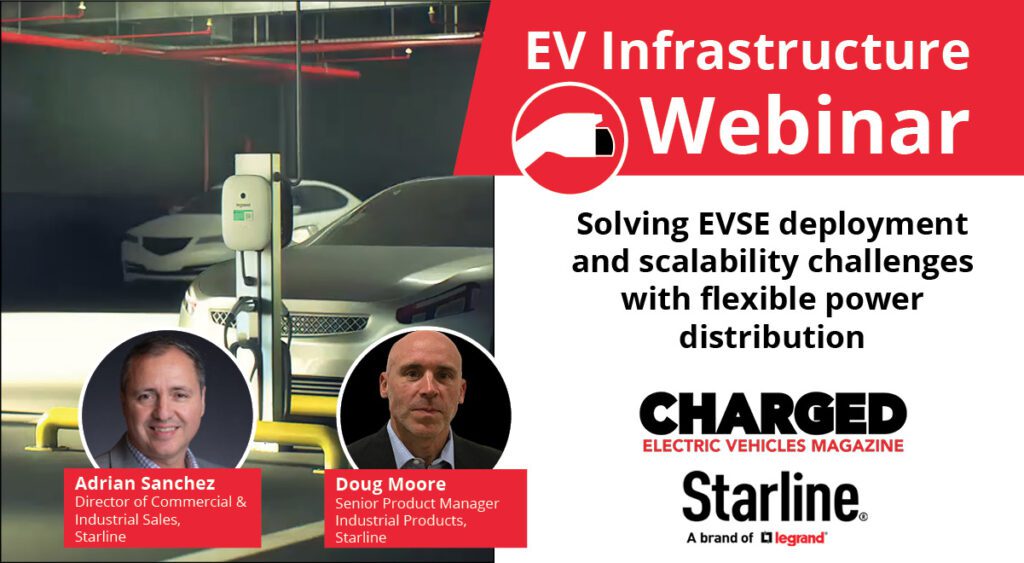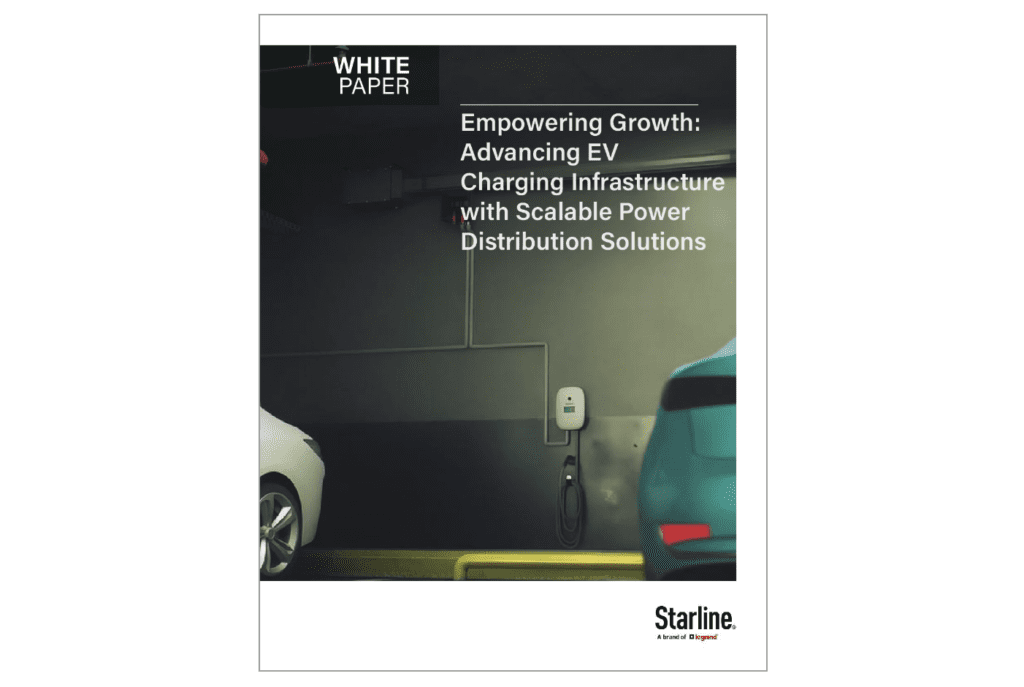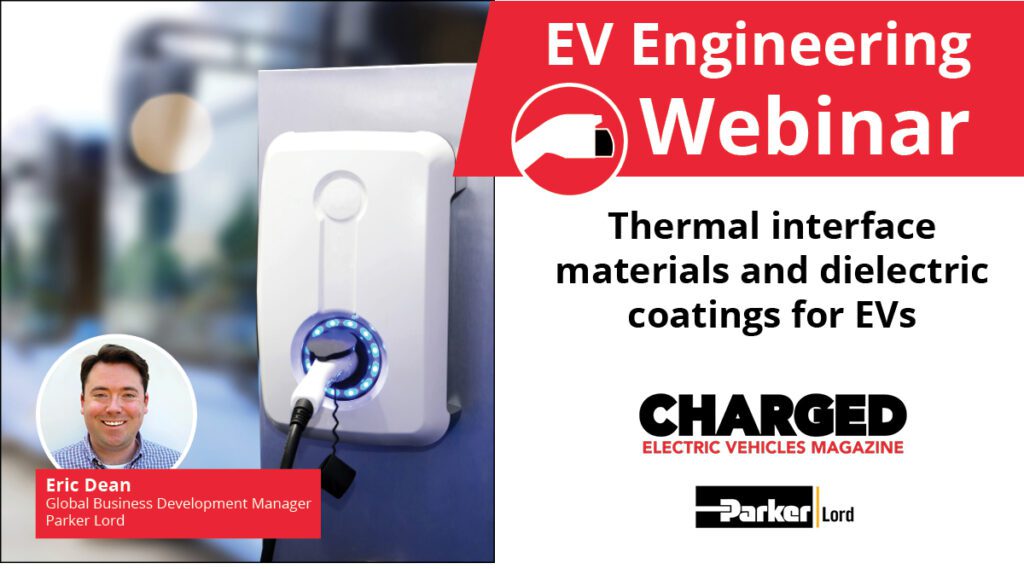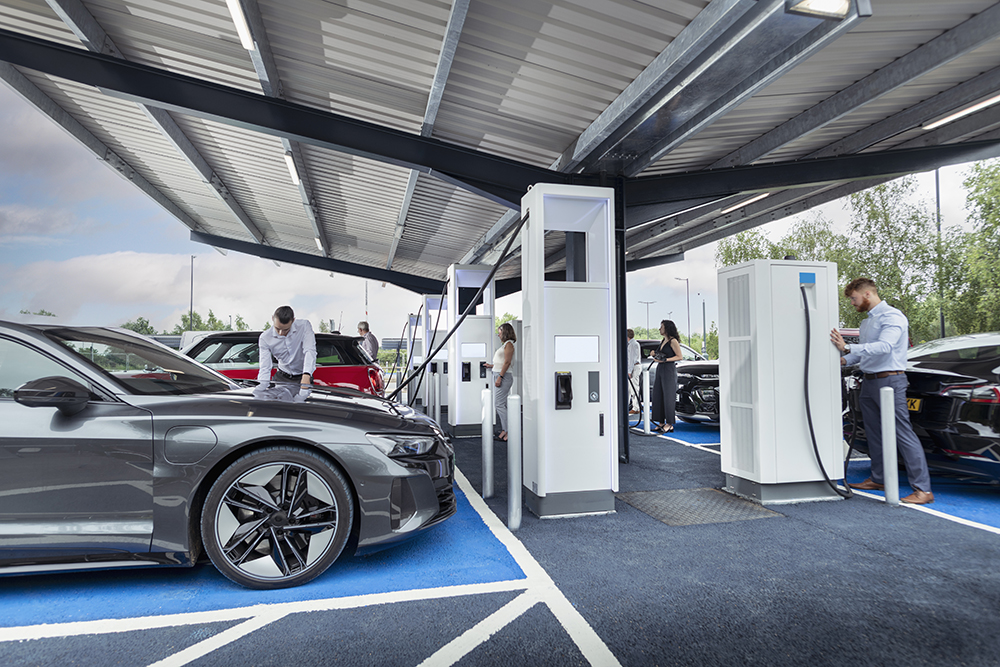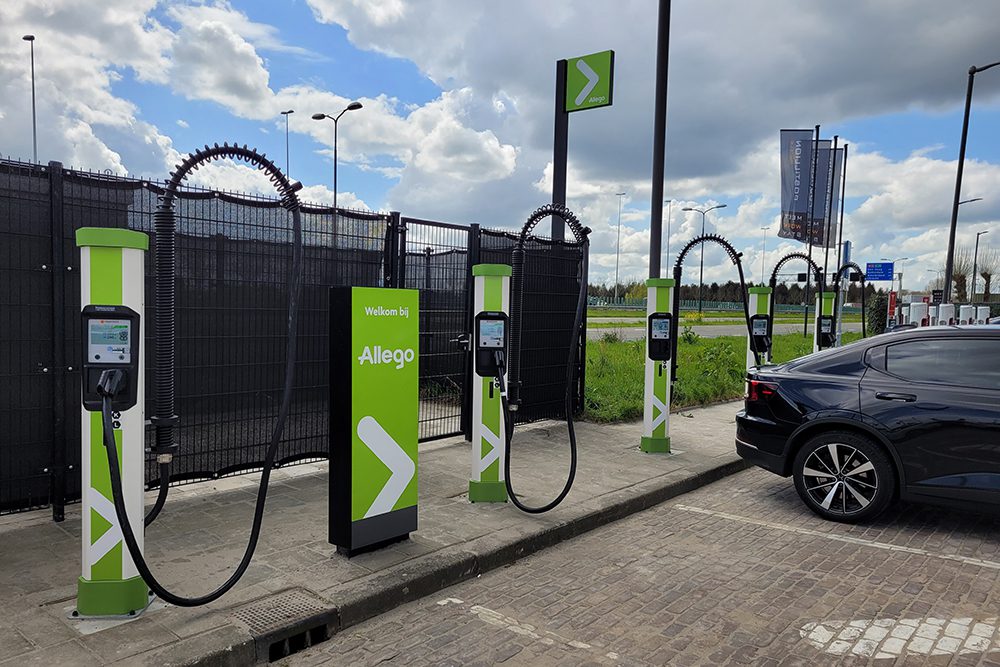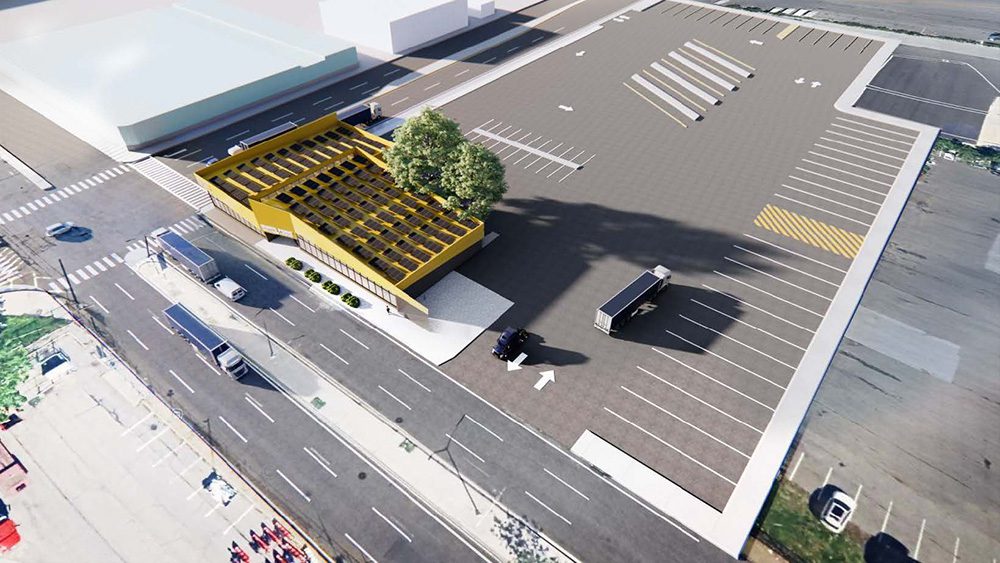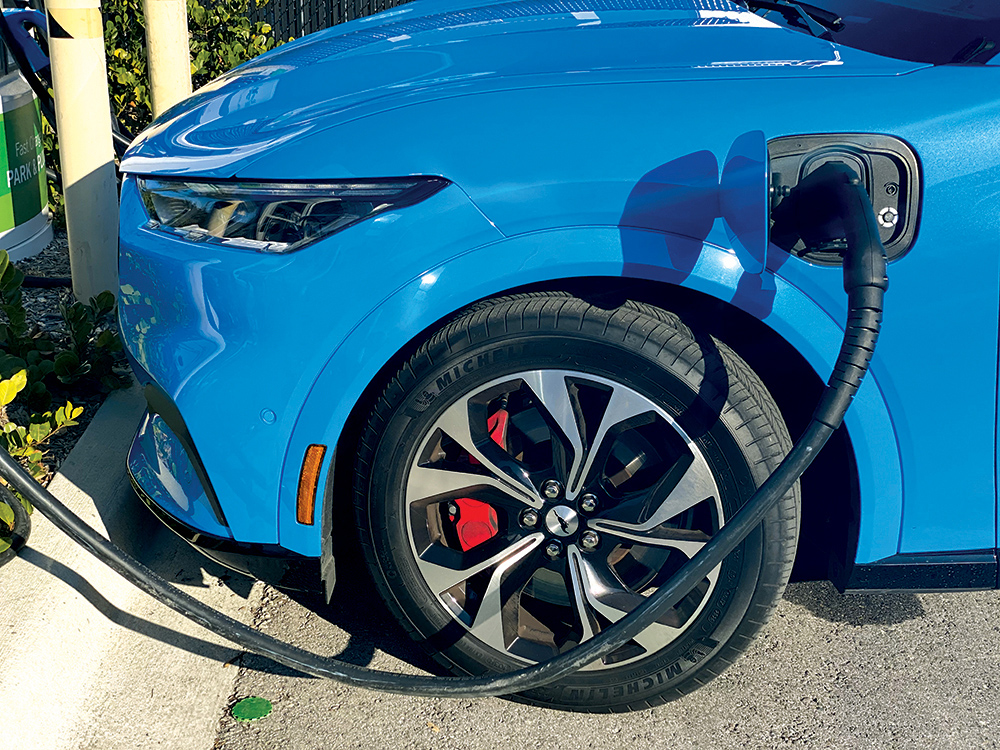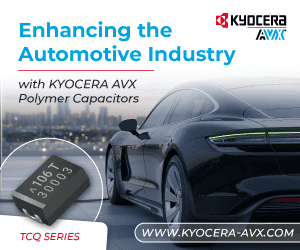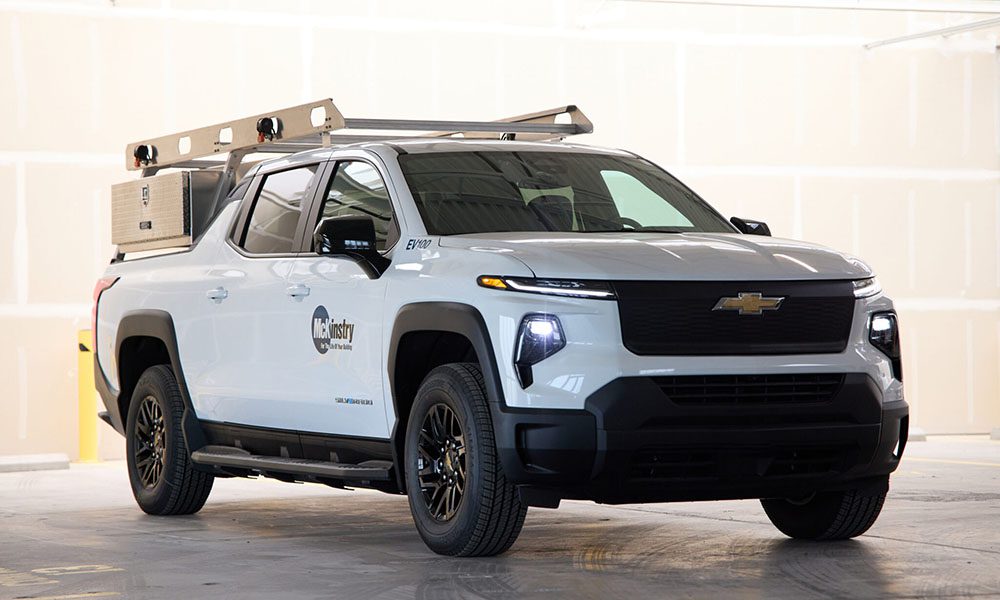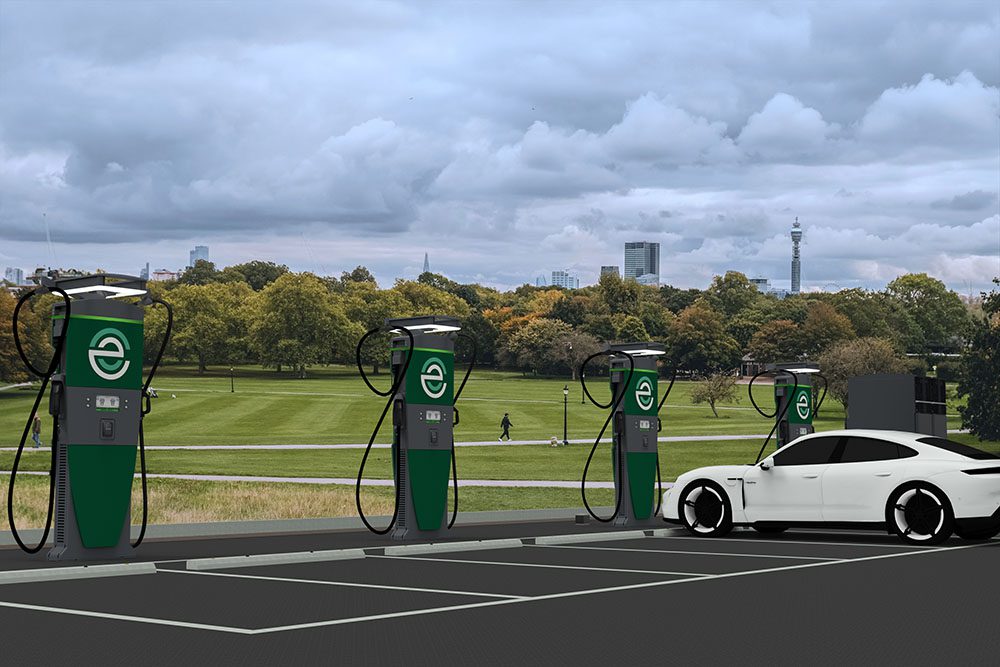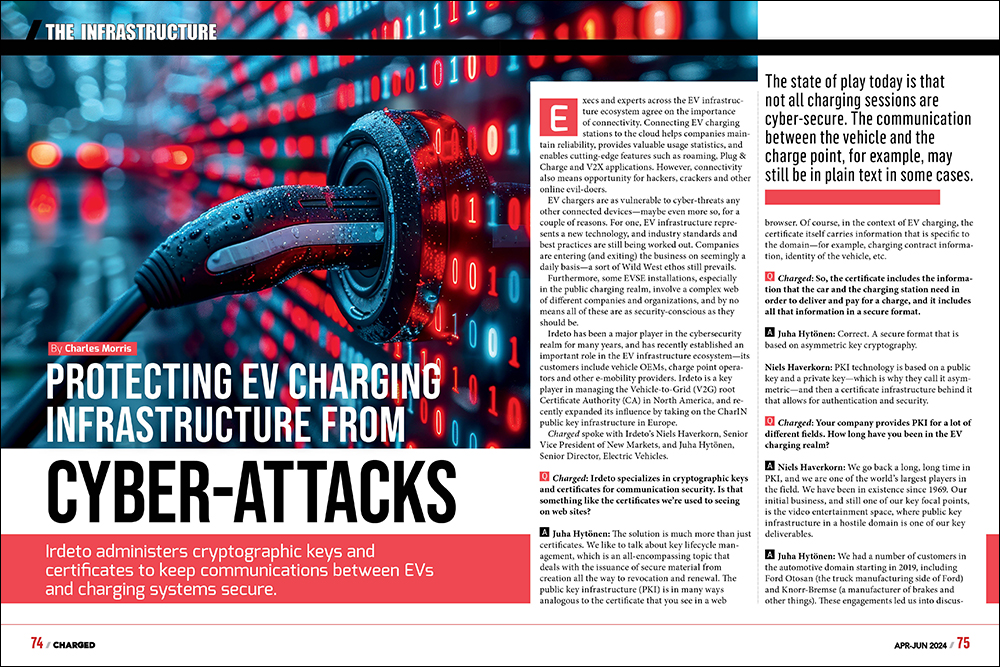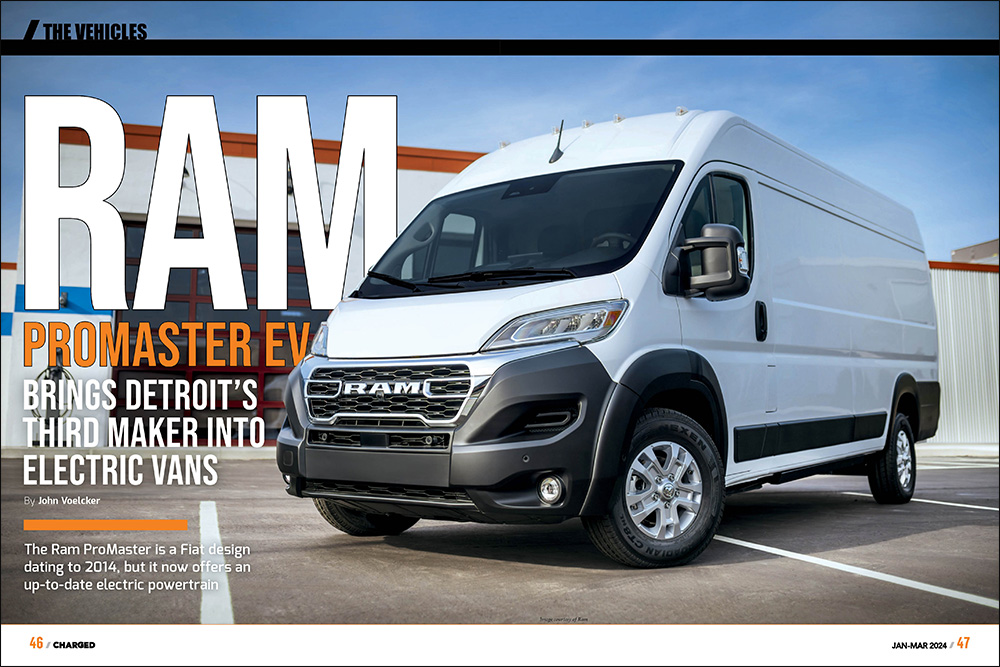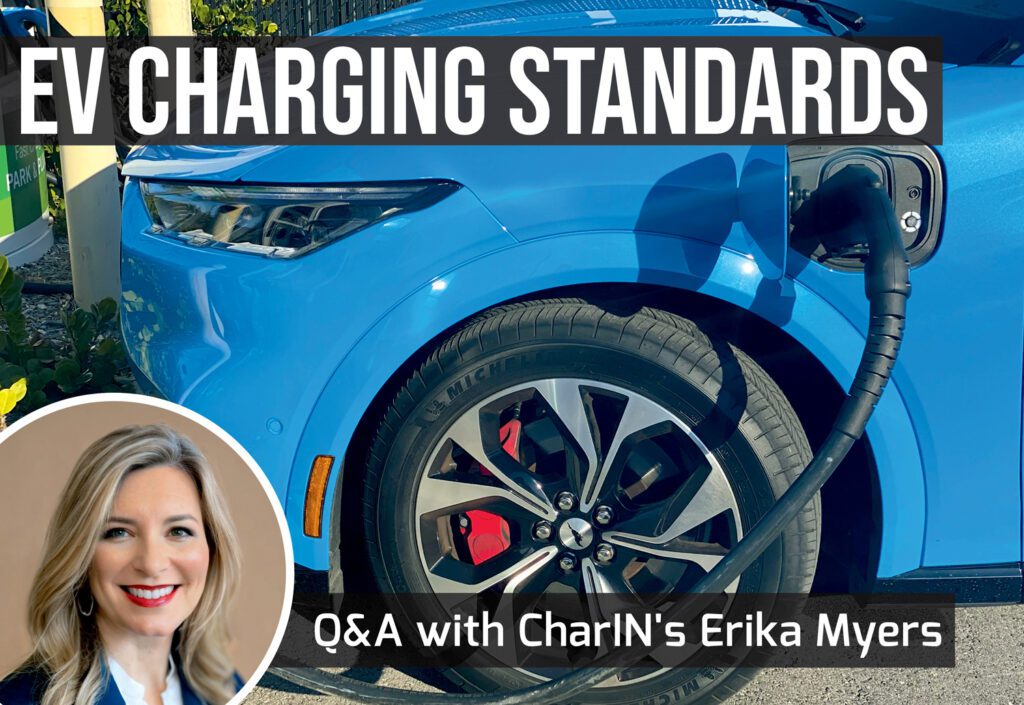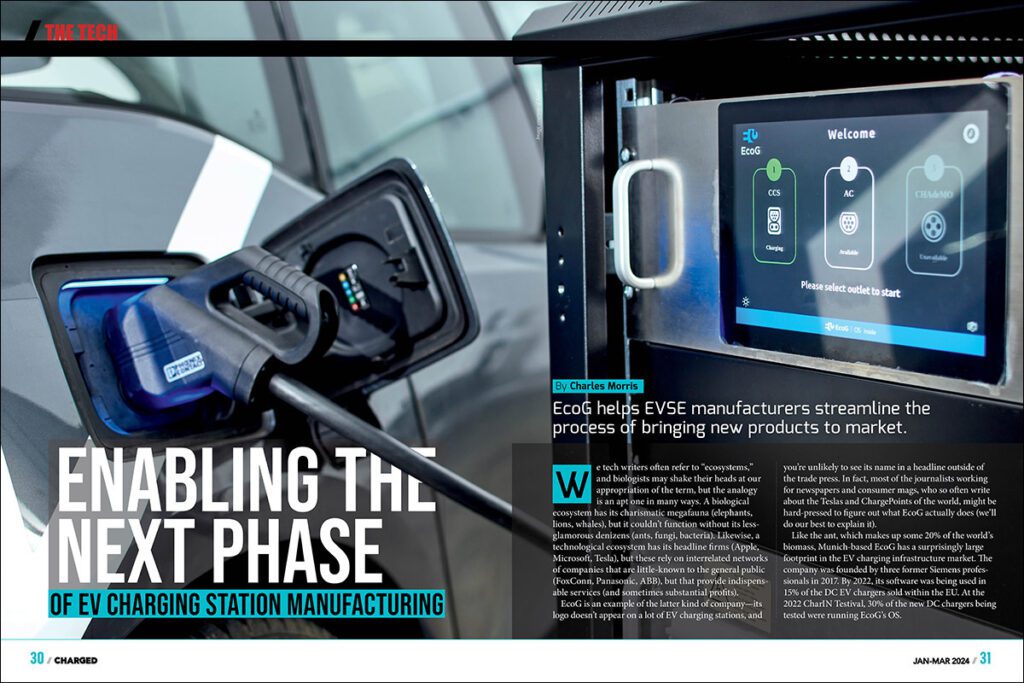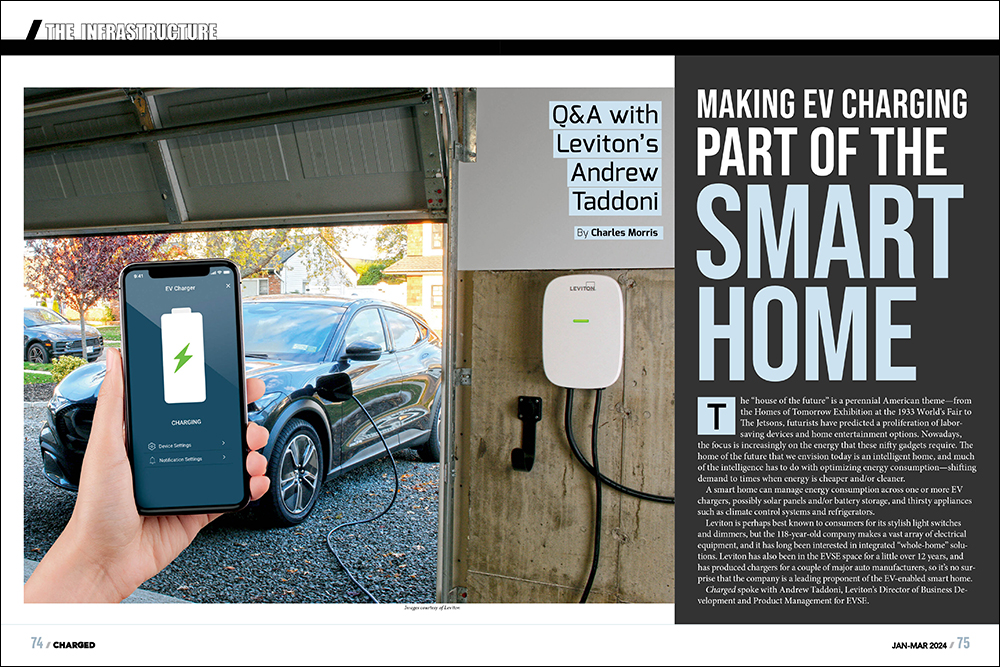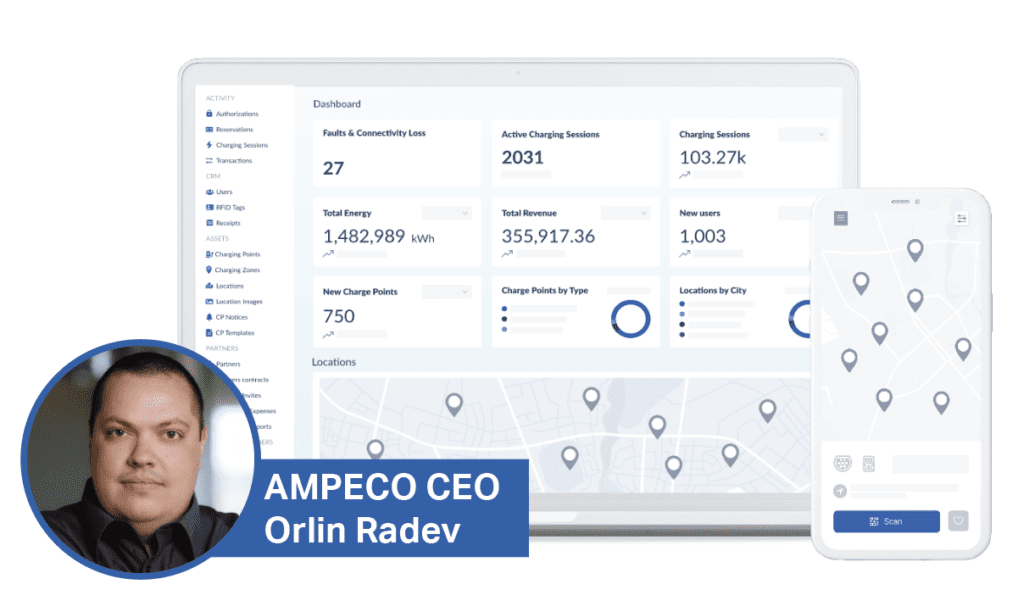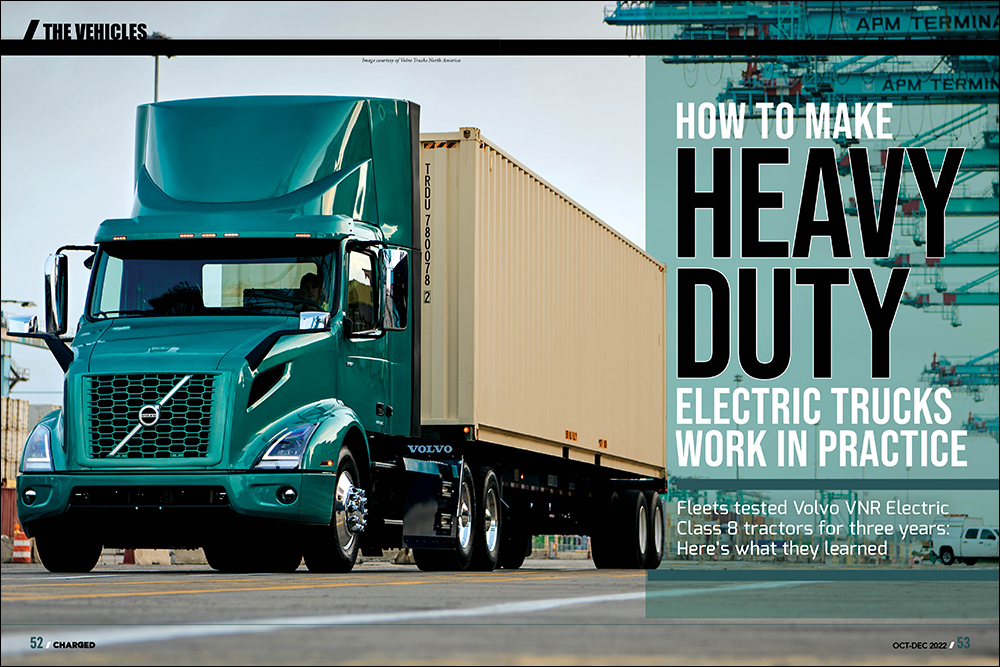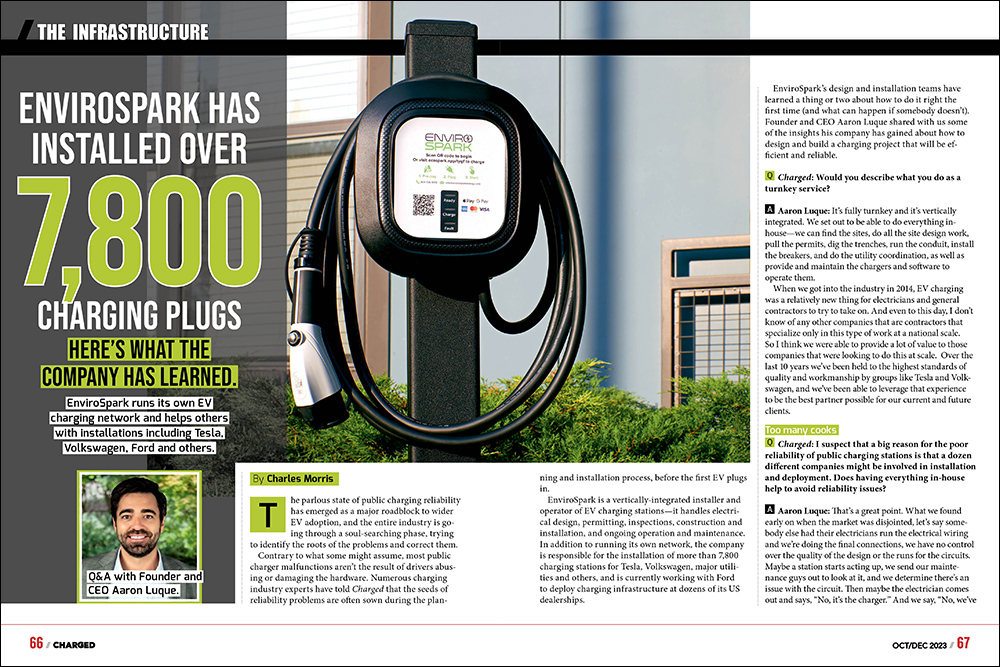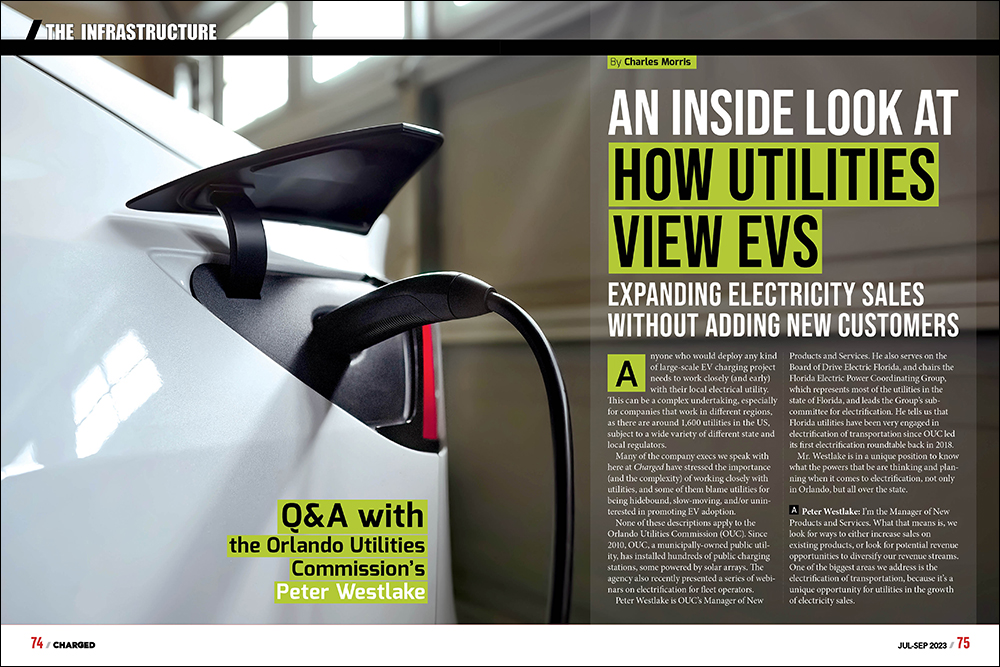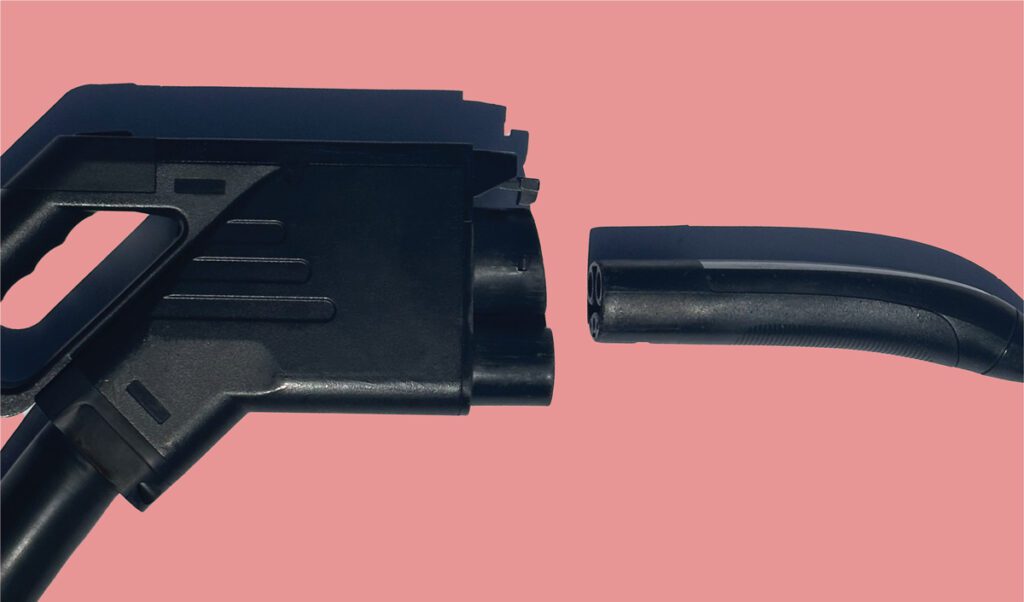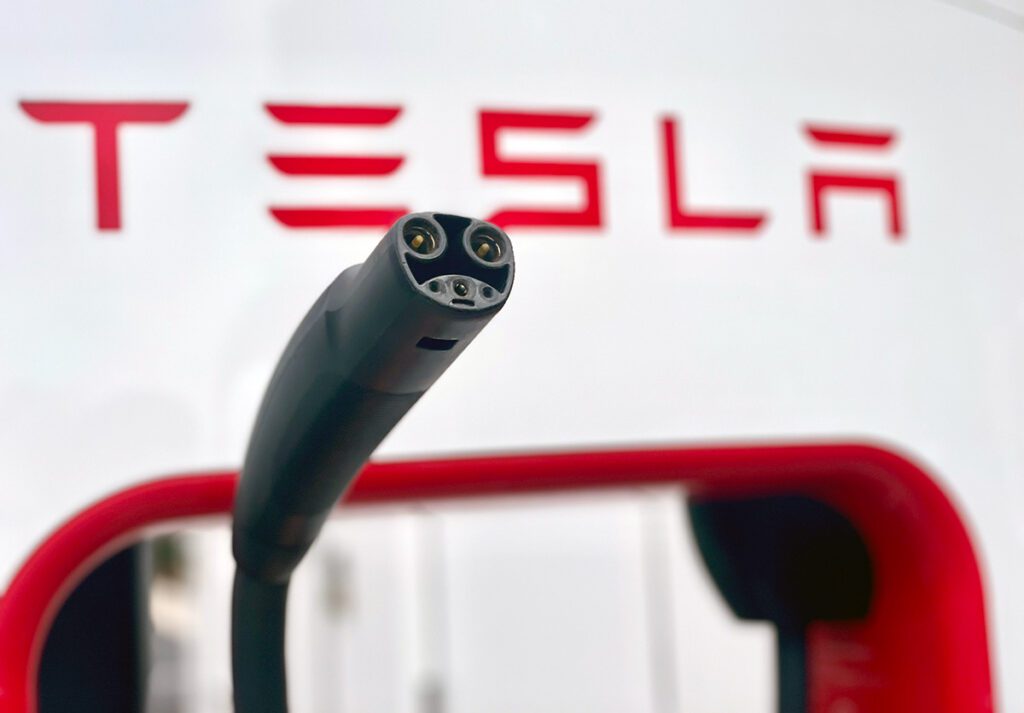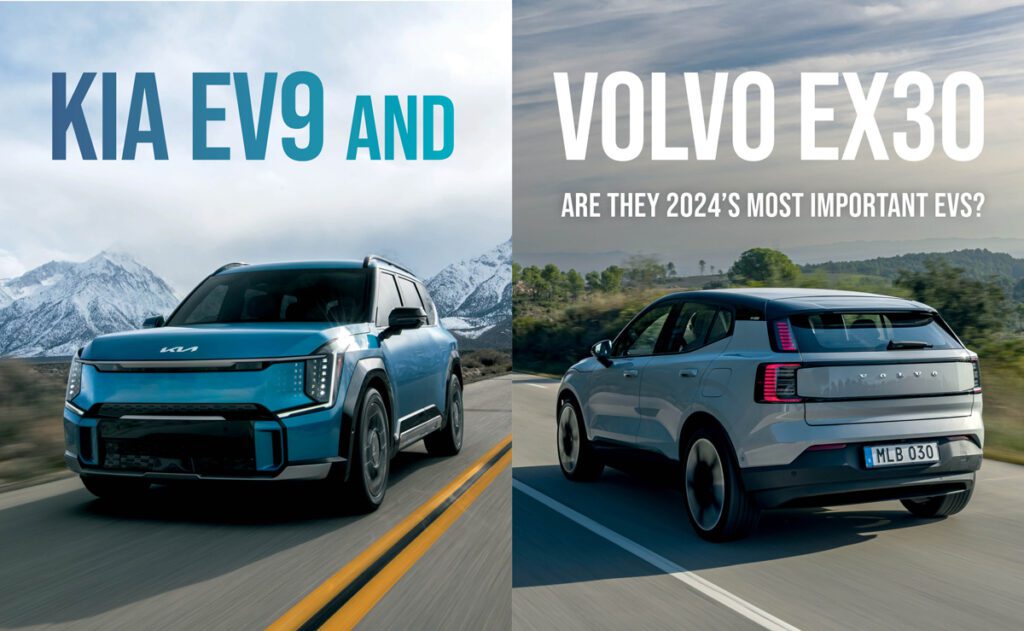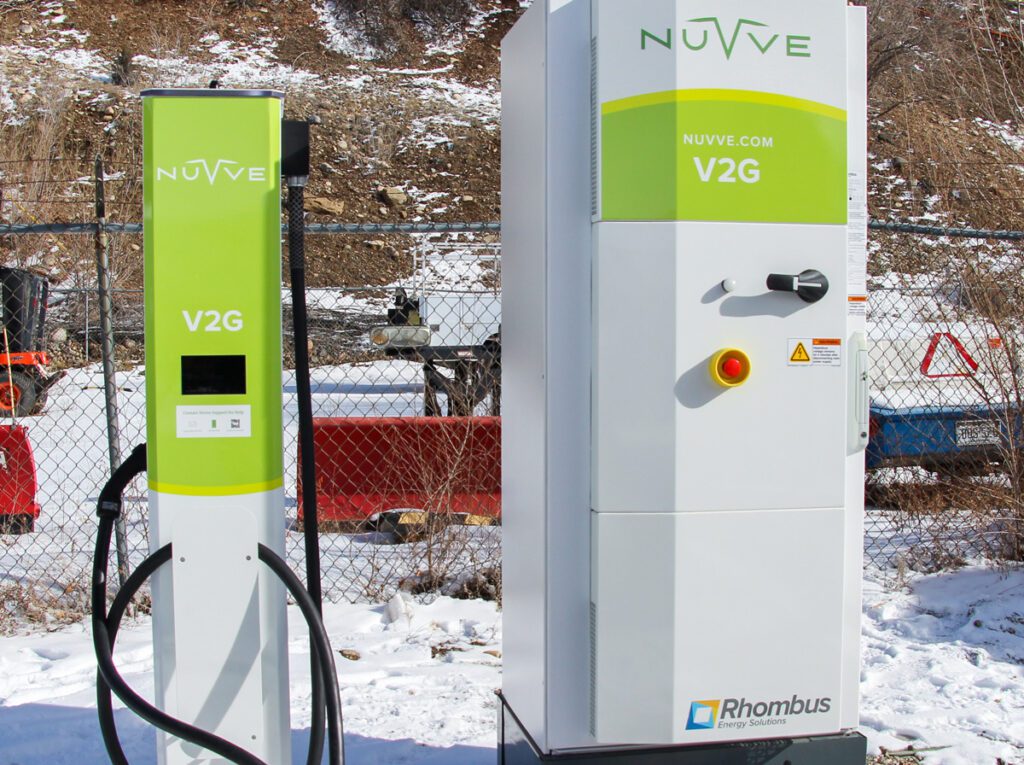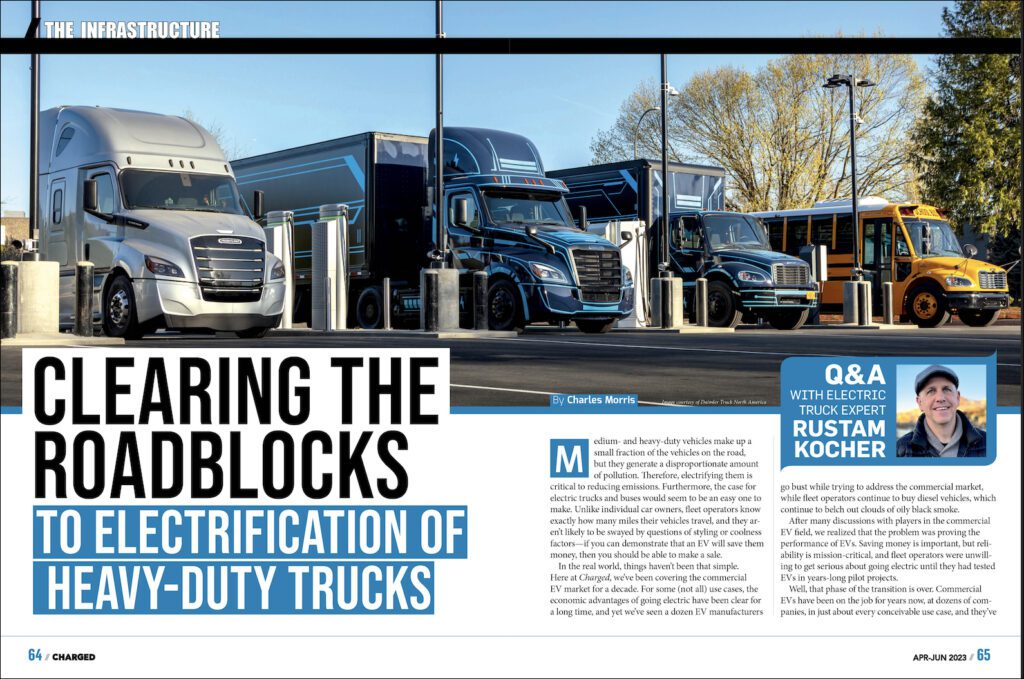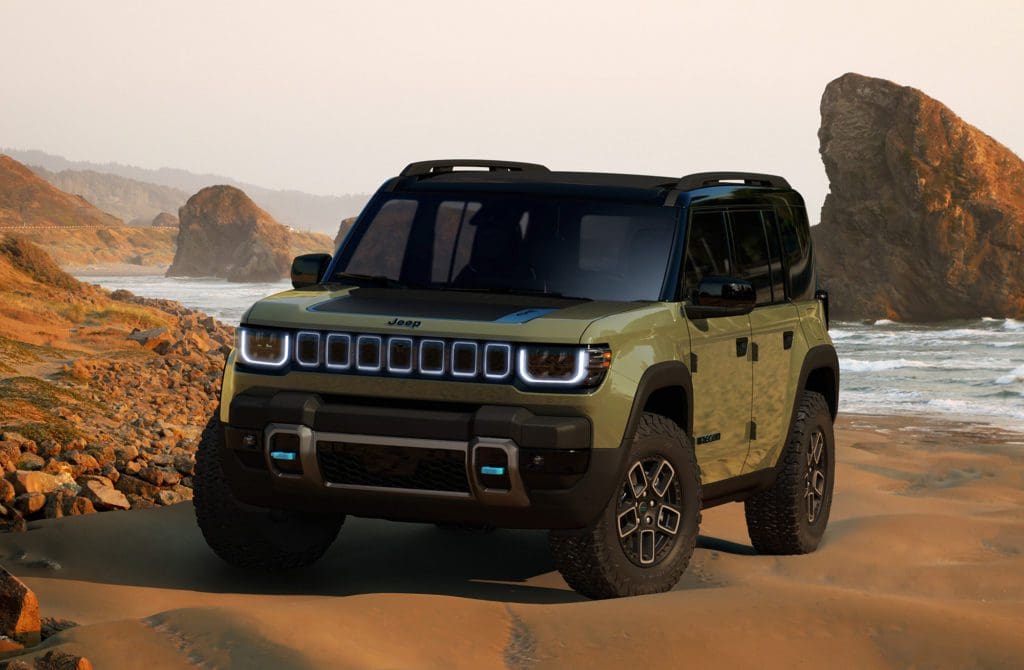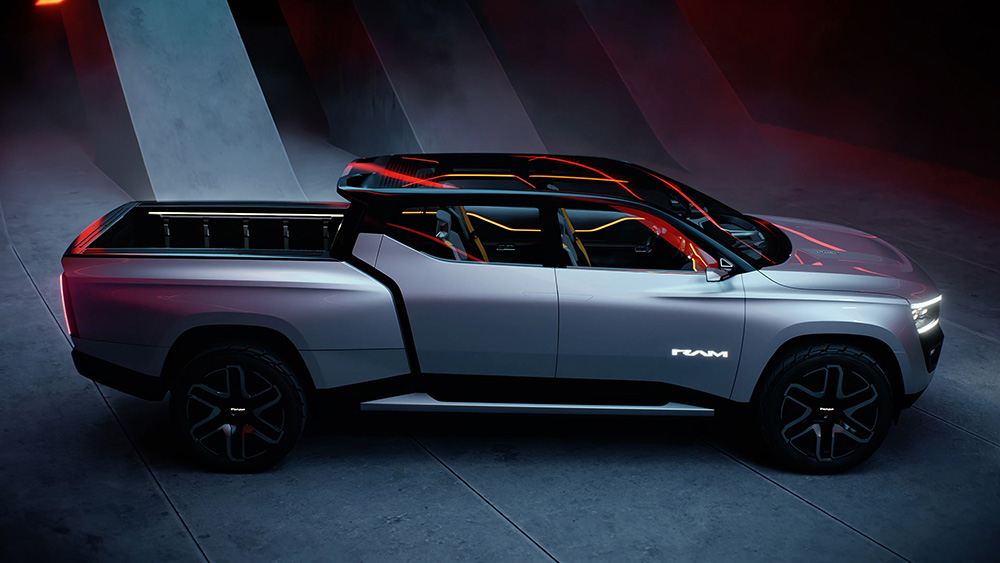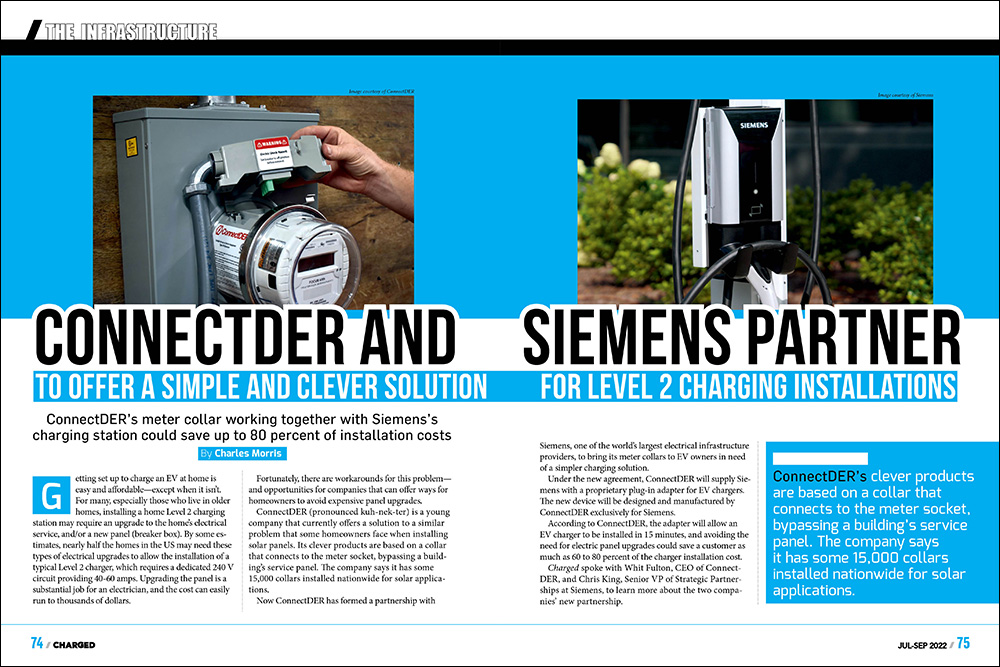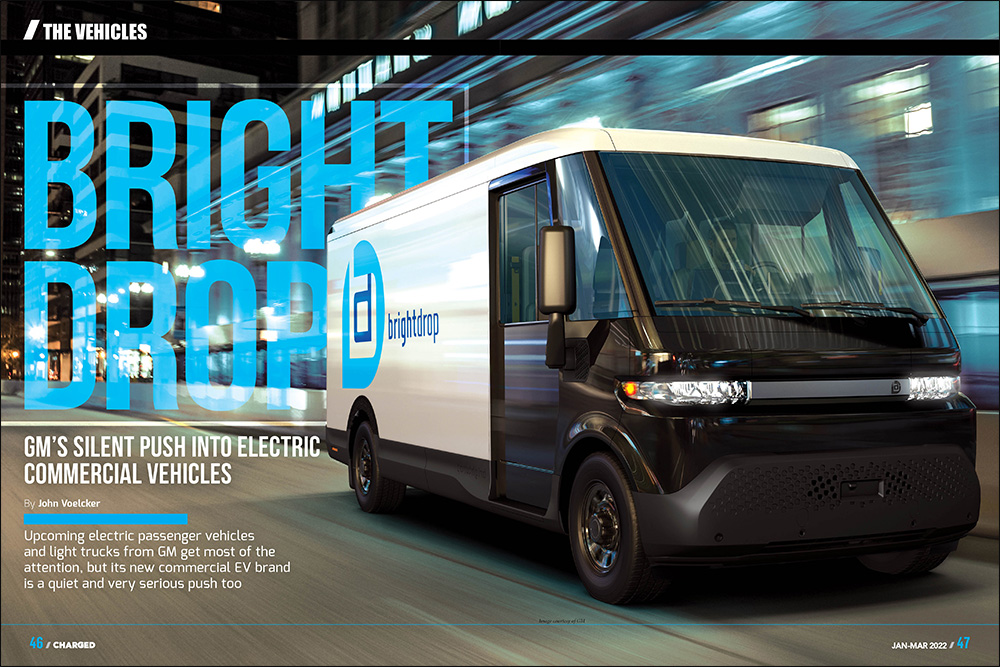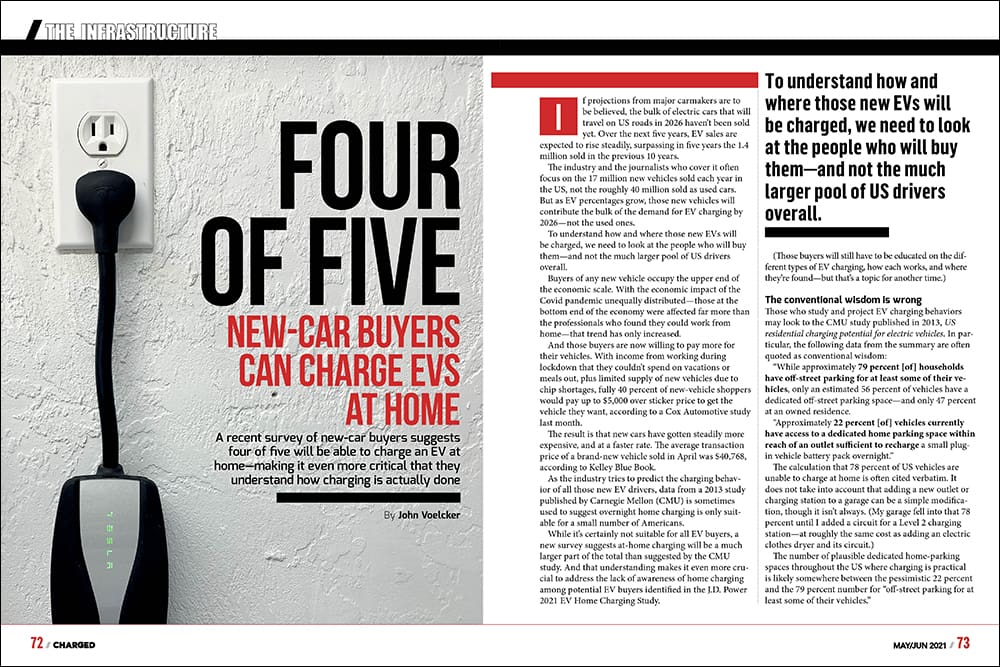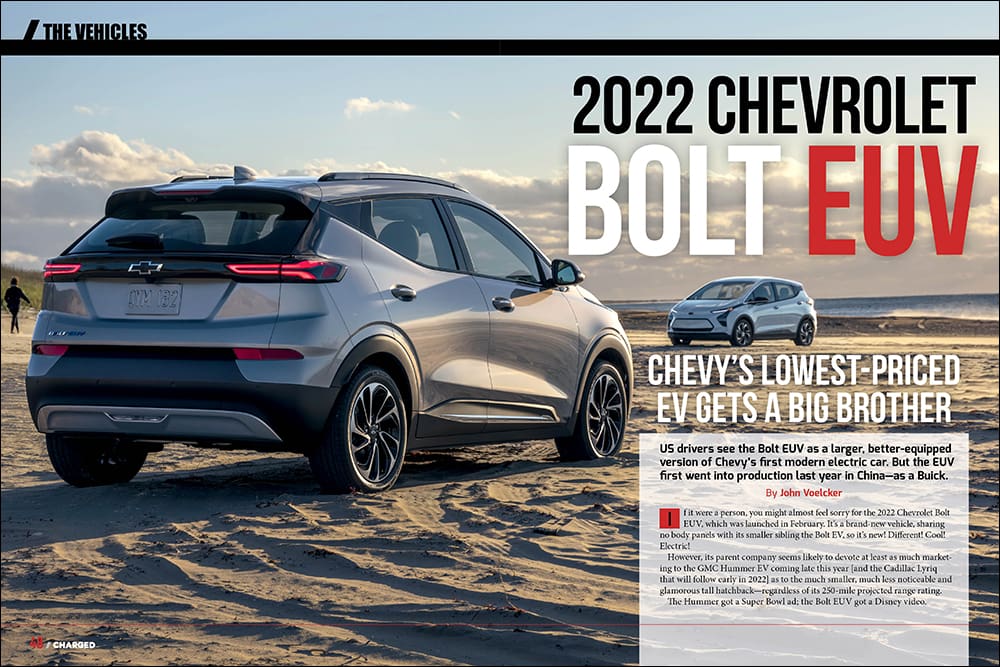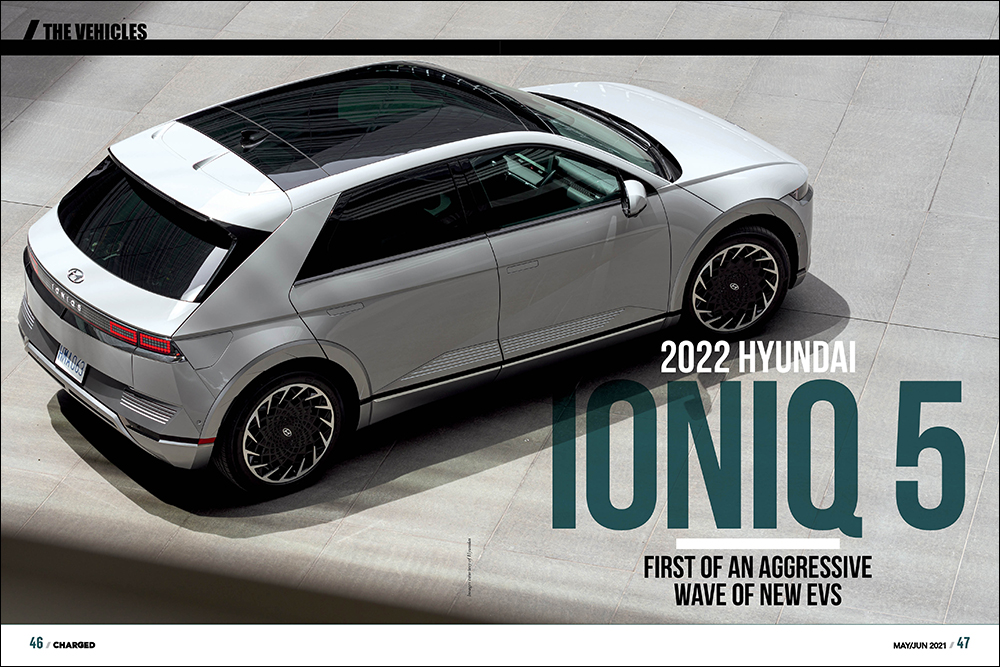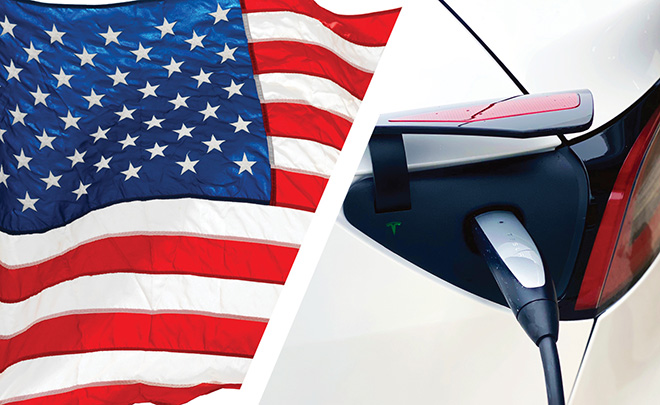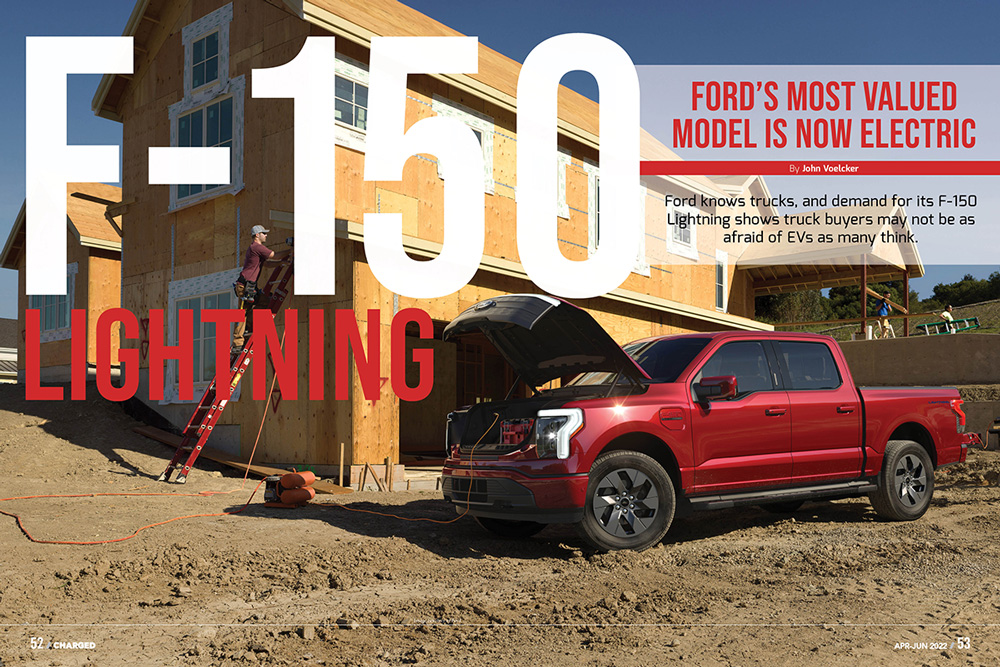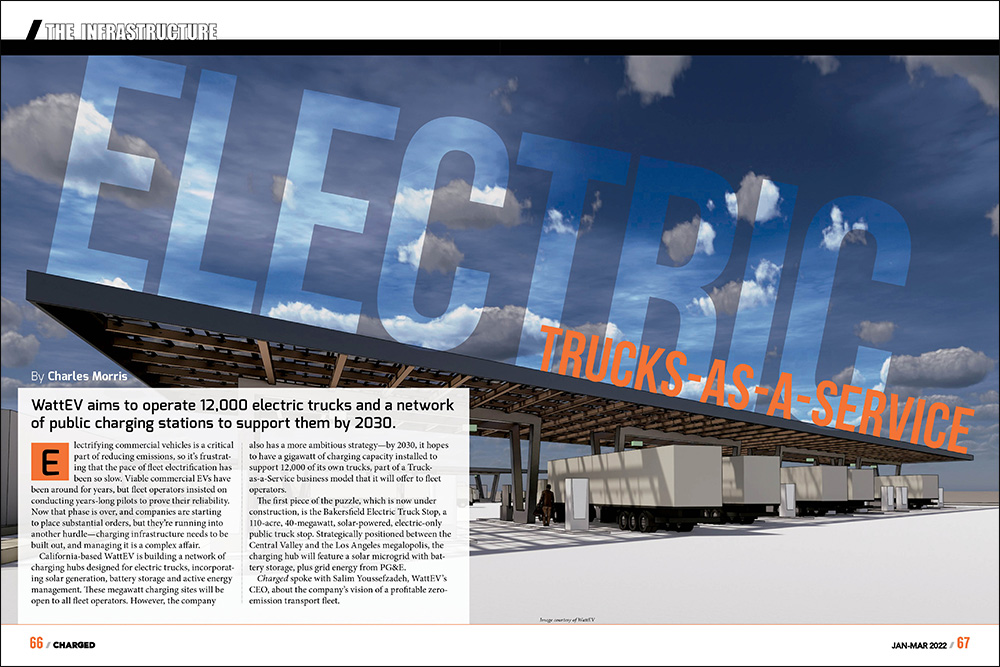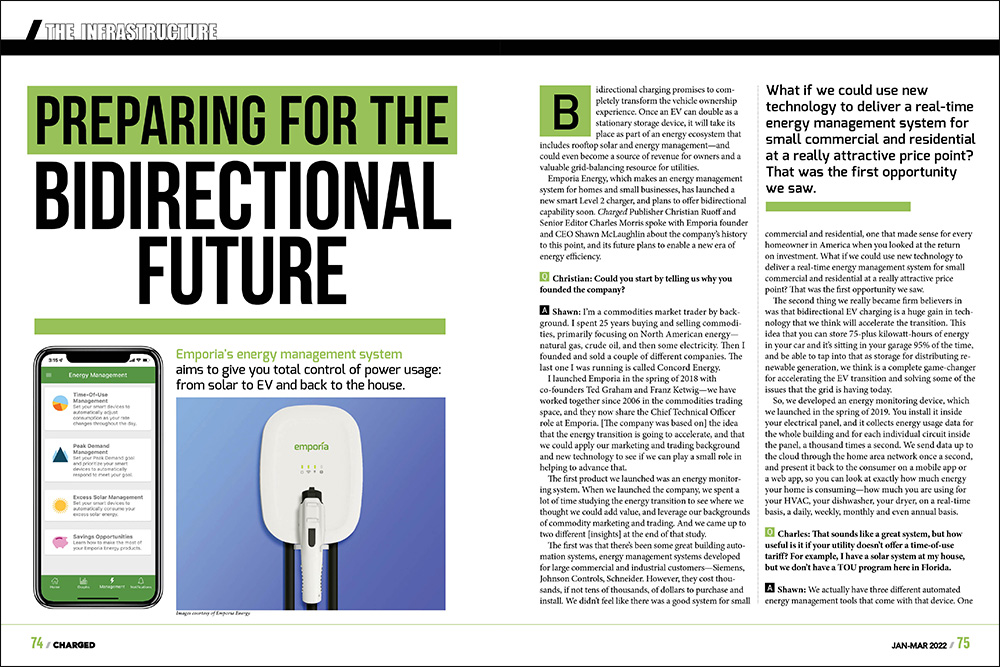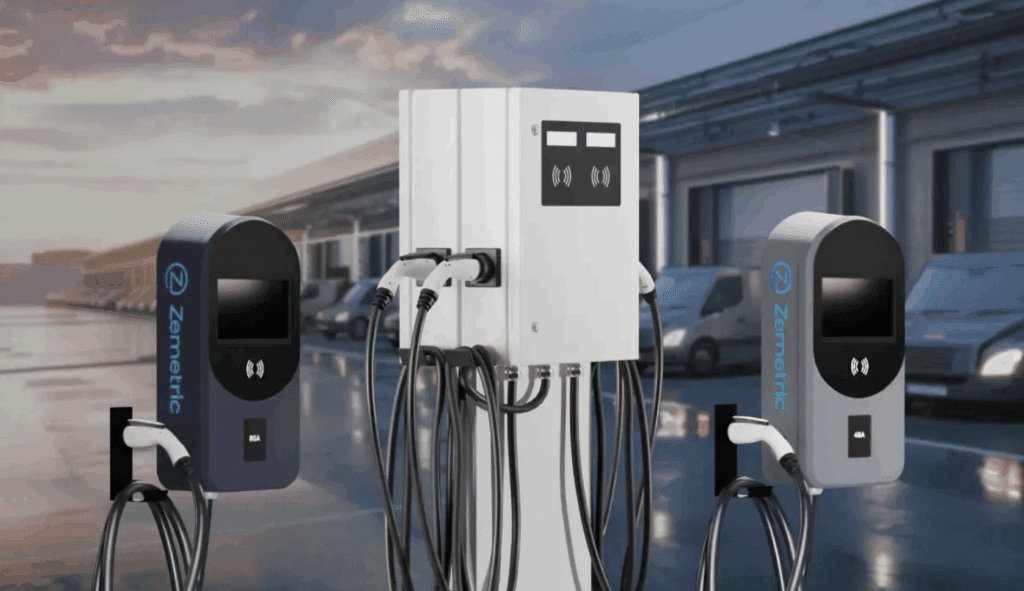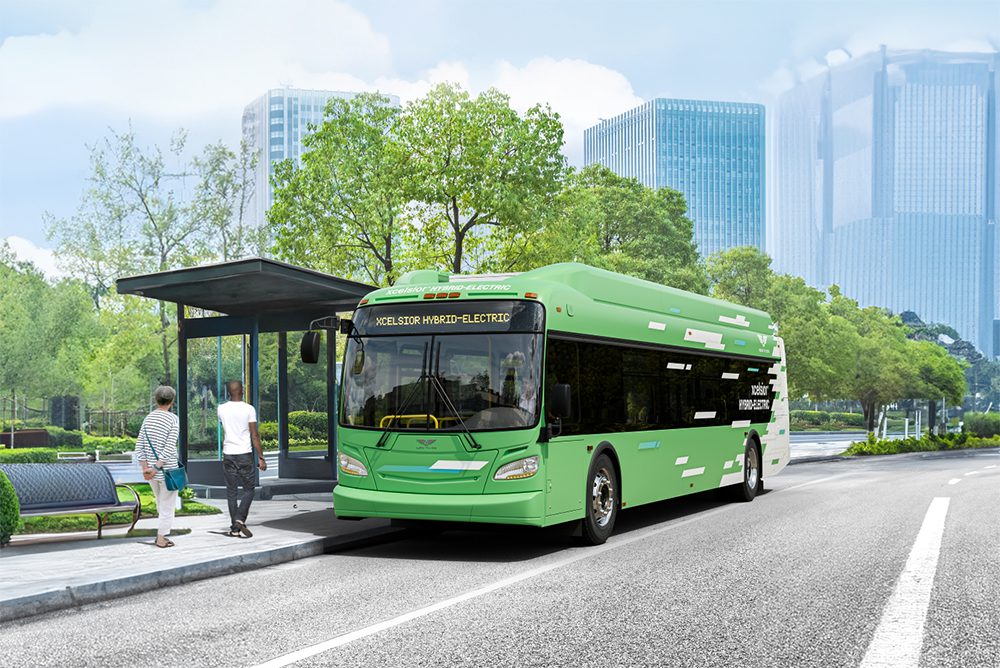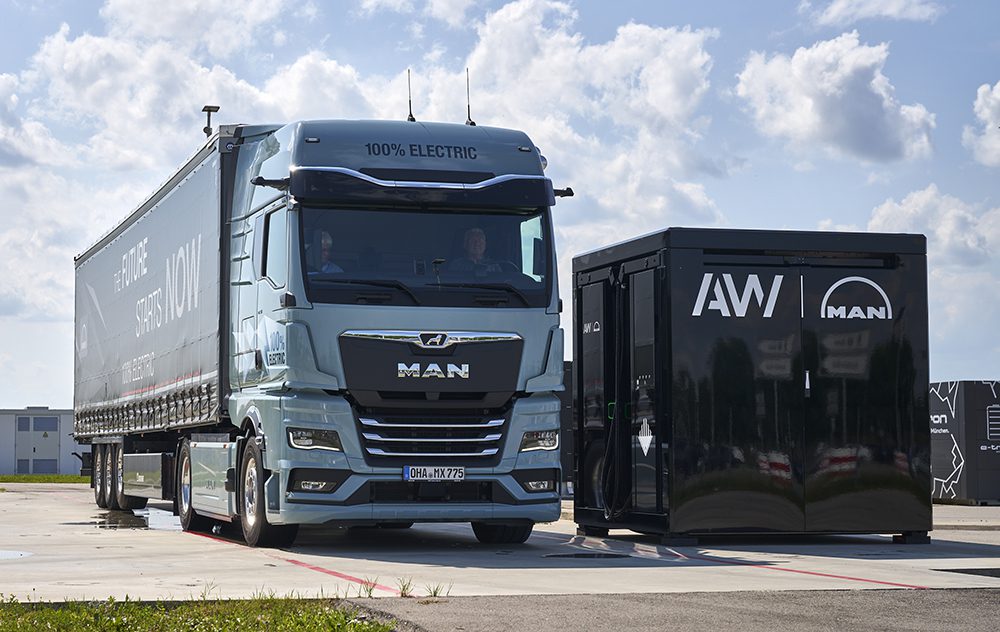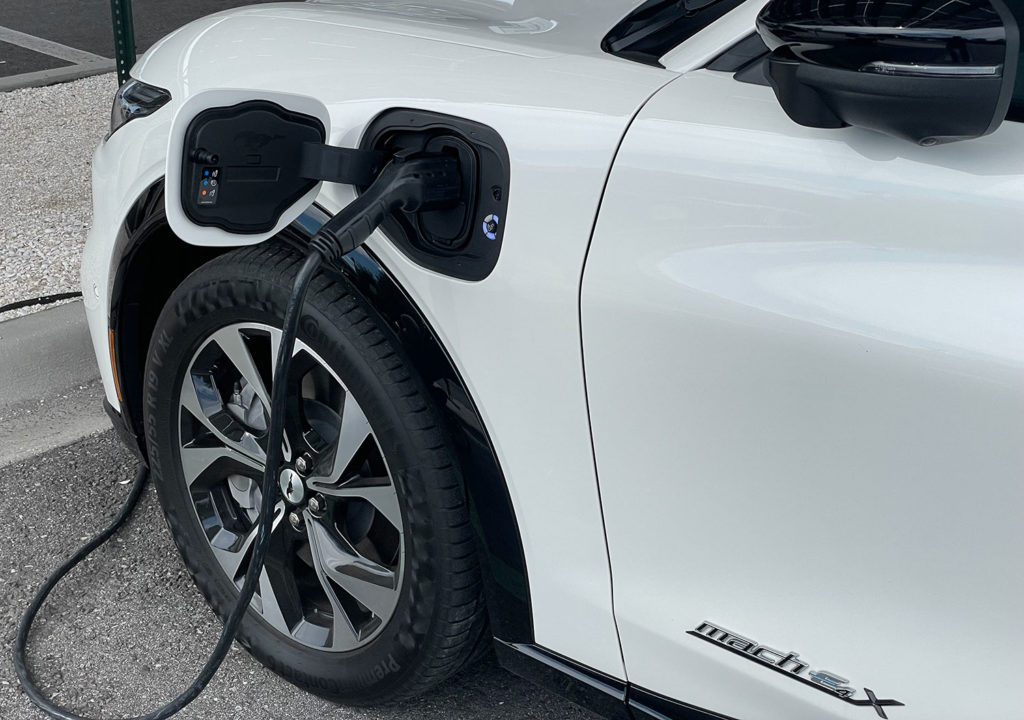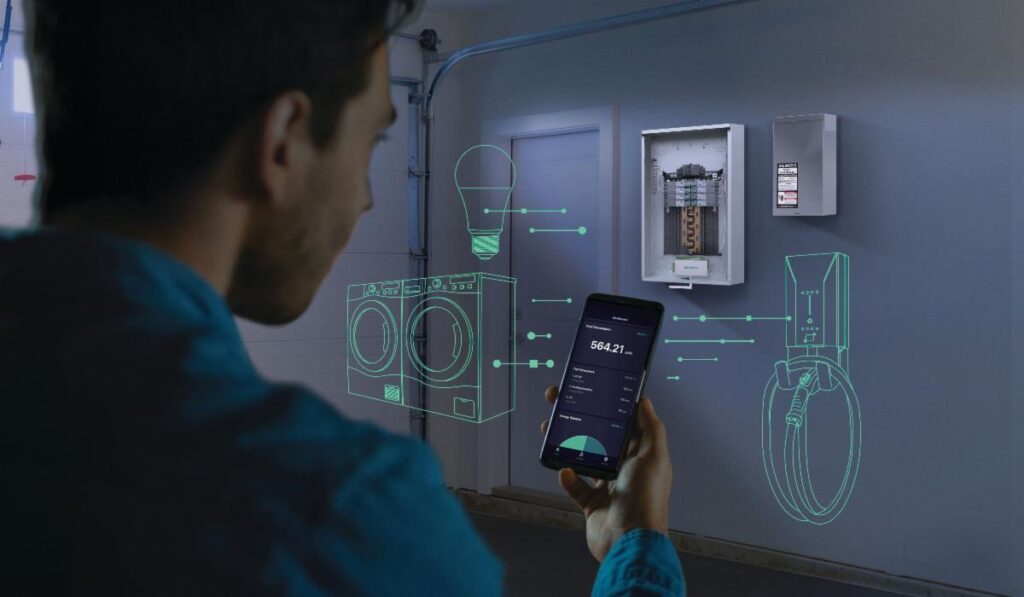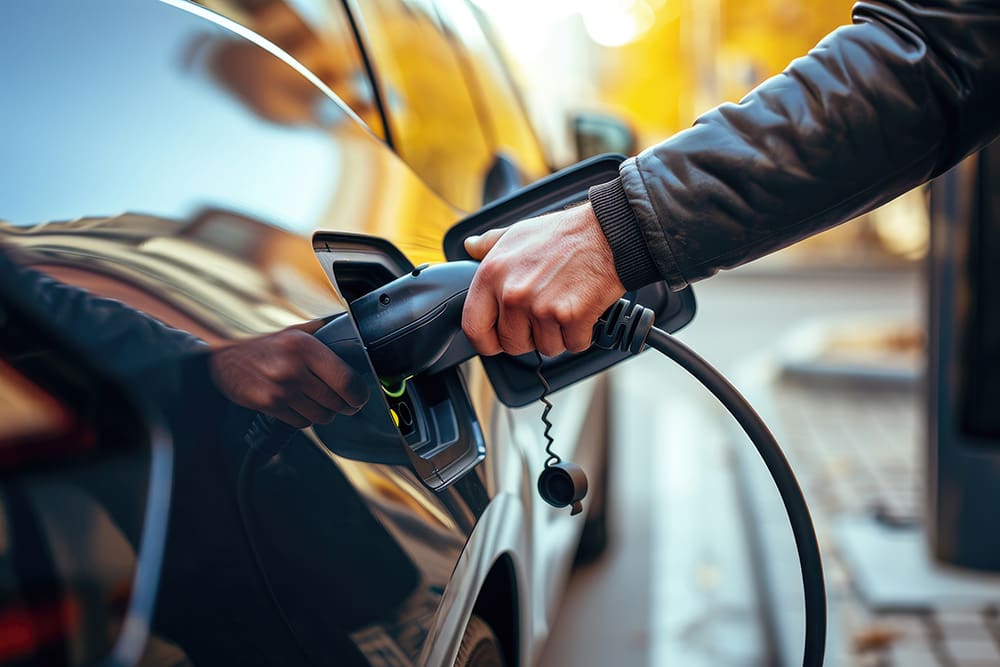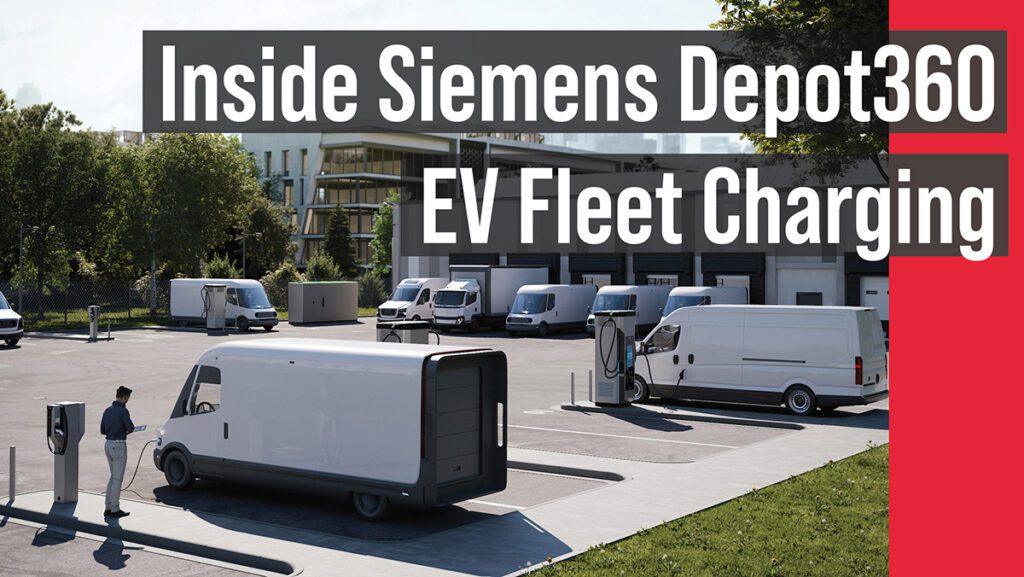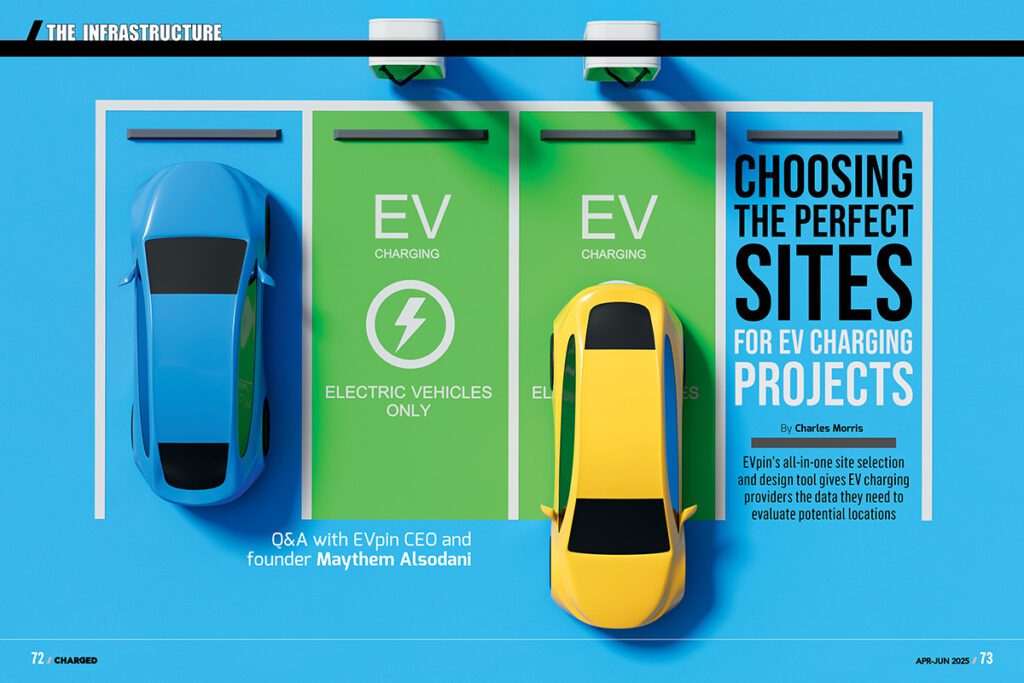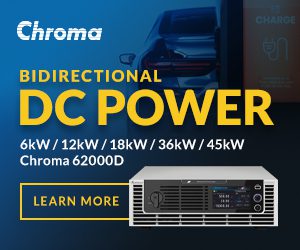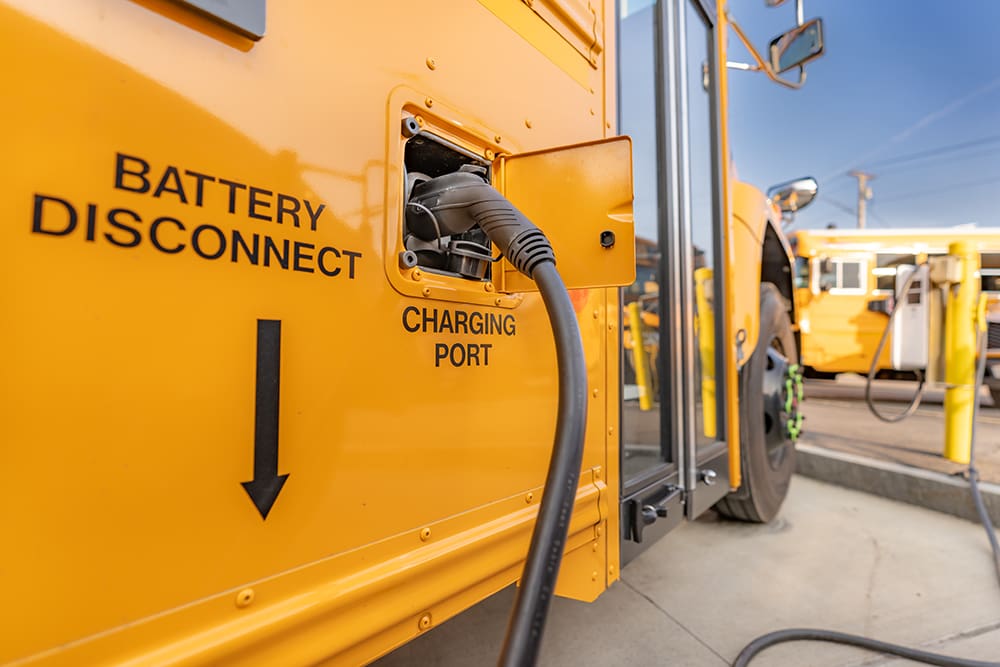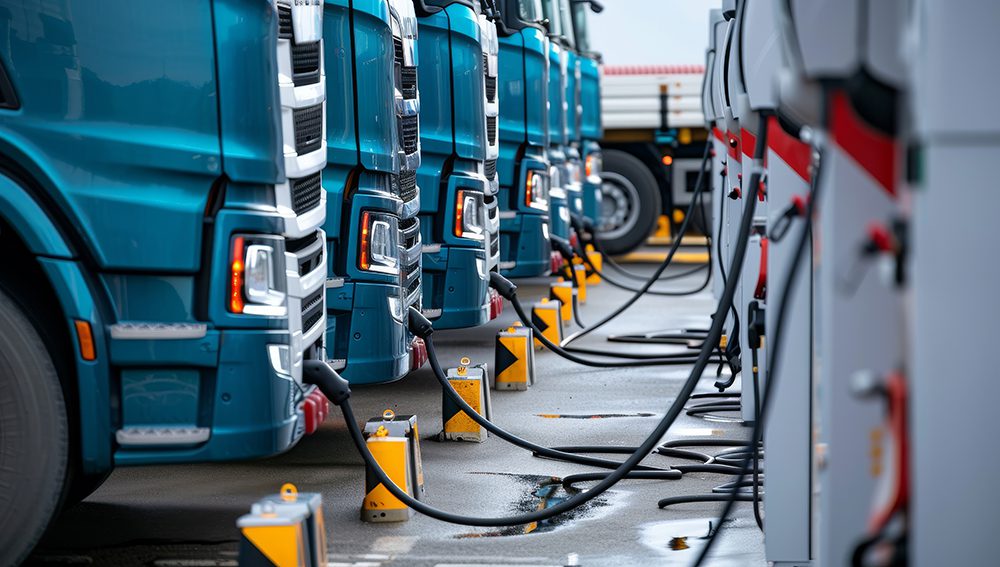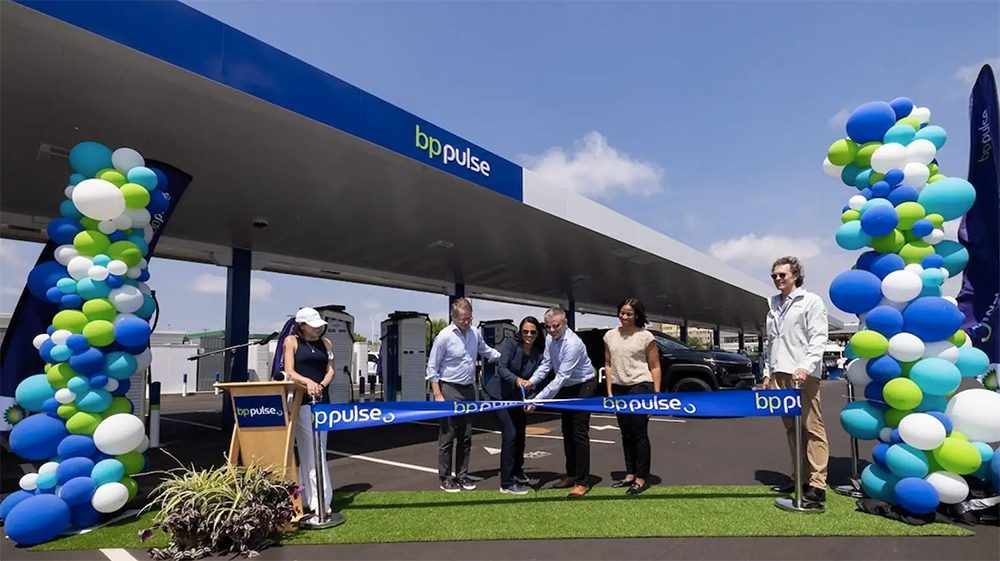Ocean shipping is often cited as one of the most difficult transport segments to electrify, and with good reason. However, there’s one segment of the container shipping industry that should be fairly easy to cost-effectively electrify: container handling equipment (CHE) at ports.
APM Terminals—a unit of Danish shipping giant Maersk that runs about 8% of the ports in the world—recently released a white paper, The Case For Electrified Container Handling, which compares the total cost of ownership for various low-carbon container handling solutions. Michael Barnard discusses the paper’s conclusions in a recent CleanTechnica article.
There are over 800 big container ports around the world, and container handling equipment (CHE) generates a non-trivial quantity of emissions. CHE falls into two categories: tethered (cranes and overhead gantries that move containers on and off ships and port stacks); and untethered (ground vehicles that move containers around within ports).
Electrifying tethered CHE is “a no-brainer,” Barnard writes. Most of this equipment already runs on electricity, and ports around the world are steadily converting diesel gear and decarbonizing their electricity with renewables.
Untethered CHE presents an excellent use case for EVs—the vehicles, which include wagons and forklifts, drive at lower speeds on level ground. Some ports are beginning to deploy autonomous, driverless EVs. (Regular Charged readers know that drayage vehicles, which shuttle containers around between port facilities and nearby logistics centers, are also great candidates for electrification.)
Whereas the electrification of oceangoing ships faces physical obstacles, when it comes to CHE, the roadblocks are conceptual (or political). As Barnard writes, “A lot of people are still mentally invested in hydrogen for energy.” The APM Terminals study examined fuel cell vehicles, and found that they are not fit for purpose for this use case.
“It turns out that fuel cell vehicles cost more to buy and cost more to operate than battery-electric vehicles,” Barnard writes. “So the white paper concludes what every study does, that battery-electric ground vehicles will be used.”
Unfortunately, high upfront costs are delaying the transition to zero-emission vehicles. “At least right now, battery-electric ground vehicles are more expensive [than diesel burners] to purchase, and take longer to charge [or refuel],” writes Barnard. “There are cost inhibitors for 24/7/365 container ports that make them hard to swallow.”
The gap will eventually close by itself—Barnard (among many others) expects total cost of ownership for EVs to reach parity by 2030. APM’s paper lists several steps the industry can take to speed things up: re-thinking the way terminals are operated can optimize for charging and reduce downtime; and the introduction of technology standards for battery packs, management systems and charging solutions could bring down the TCO of battery-electric CHE by some 7%.
The paper includes some specific calls to action for different stakeholders in the ports: the terminal operators, OEMs, port authorities, affiliated government entities, and shipping line operators.
Mr. Barnard is a tireless advocate for electrification, and has written scads of articles, in CleanTechnica and elsewhere, containing highly detailed technical explanations of transport and energy topics.
For container handling equipment, he concludes, “the answer is the same as for all other forms of ground transportation: batteries. It’s time to end that senseless debate [over batteries vs hydrogen] and get on with it.
Source: CleanTechnica
